Chiddingstone in Kent is one of England's oldest villages and is an example of a one-street Tudor village. (One of the buildings from the town was moved to the Weald and Downland Museum.) Legend has it that the town took its name from a large stone formation near the centre, which was named the "chiding stone". According to the local legends, the stone was used as a boundary marker and a place where villagers would meet up and possibly be used as a judgment/meeting point. The town means "stone of Chidda's tribe", and Chidda was thought to have been a local leader in the area. So, the name then meant "to chide" further on in time.
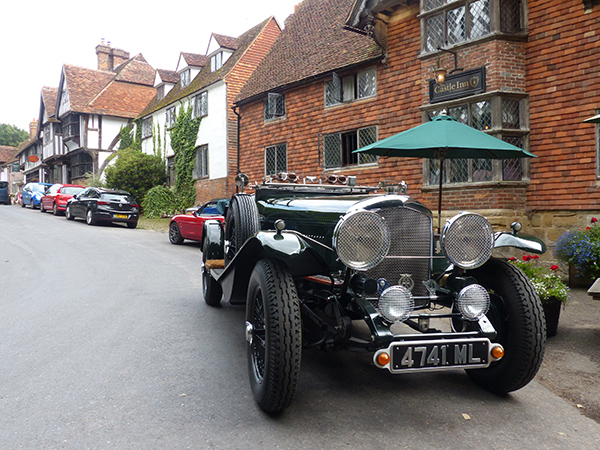
A photograph of the stone is below. The stone has many carvings on it, and many of these appear to be recent carvings. Another side of the stone, on the back, the stone can be climbed onto and sat upon. It appears that many have climbed and worn down the stone over the ages.
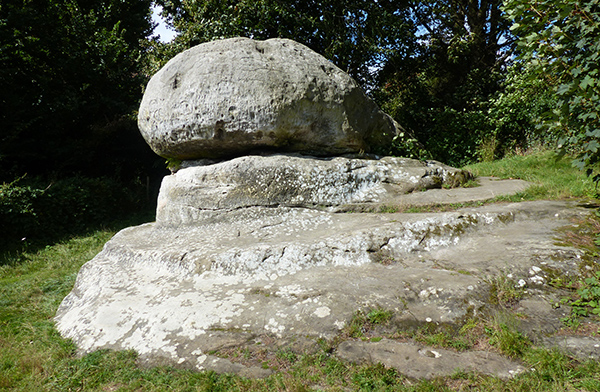
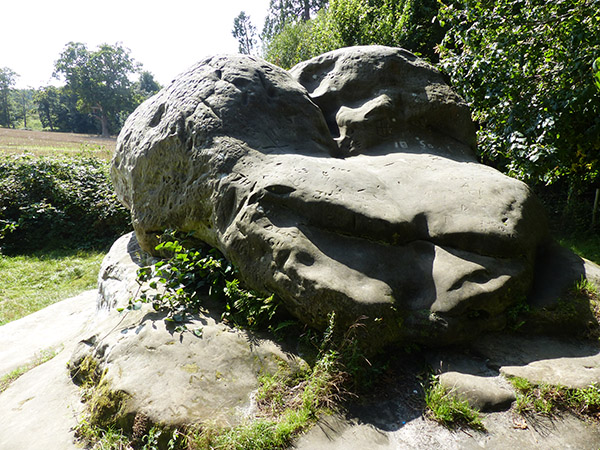
Chiddingstone village is owned by the National Trust who rent the buildings (except for the castle and church here), and it is descrubed as being the most perfect surviving example of a Tudor village in the country. The village was also used in some filming locationes, such as 'A Room with a View'.

There is a tea room/cafe in the village, a post office with small shop, and a pub.
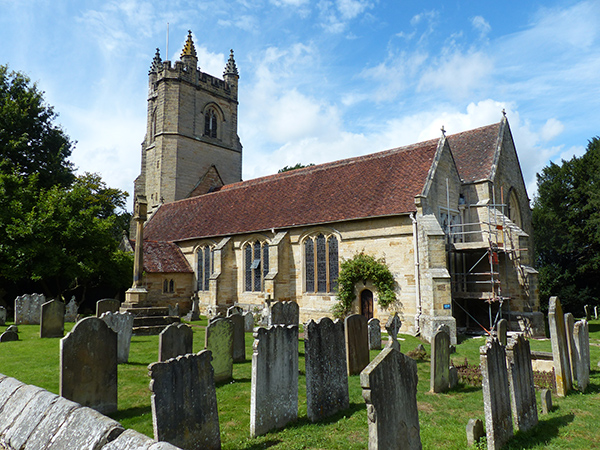
The wooden beams of the old Tudor timber-framed building still retain decorative carving.
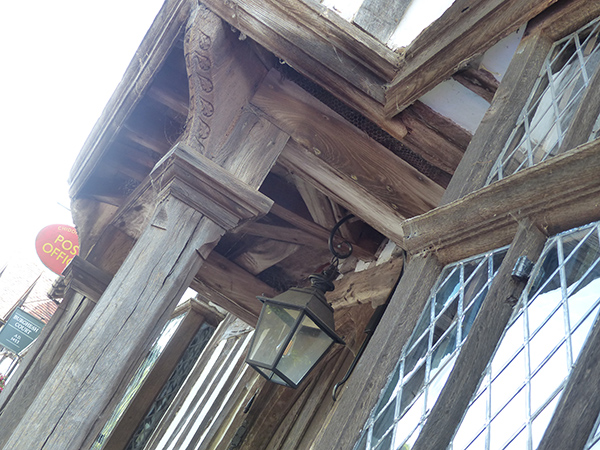
I had a bite to eat in the pub, The George Inn. (Insects and wasps were outside on a sunny day, so I sat inside the main pub next to the bar where I took the below photograph.)
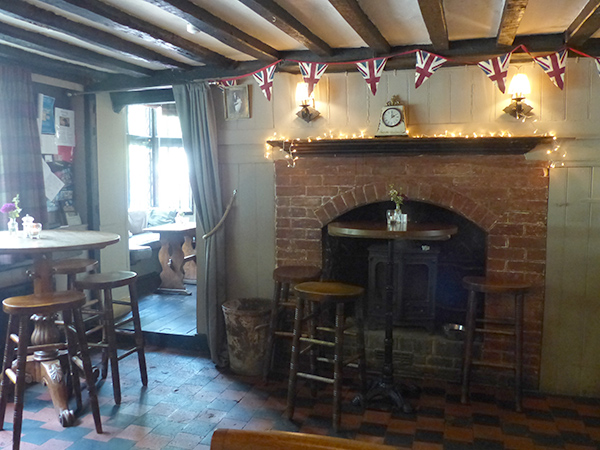
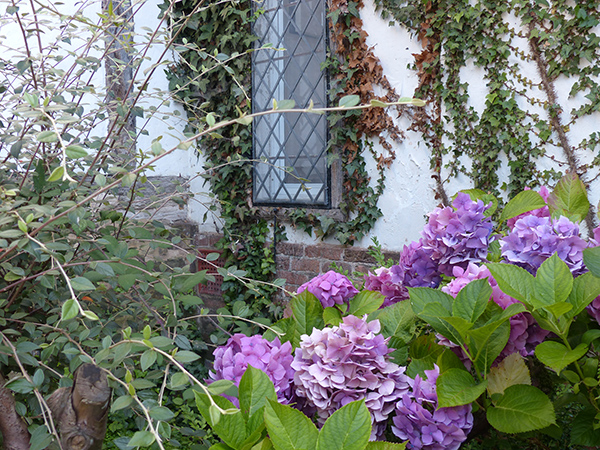
The "chiding stone" is only a couple of minutes walk from the pub. It is up at the end of the terraced row of timber-framed buildings, bordering the town hall and school (both modern buildings). Visitors with a keen eye can spot the sign to go through to the footpath to access the stone.

Here are some more photographs of the village and pub with a vintage Bentley.
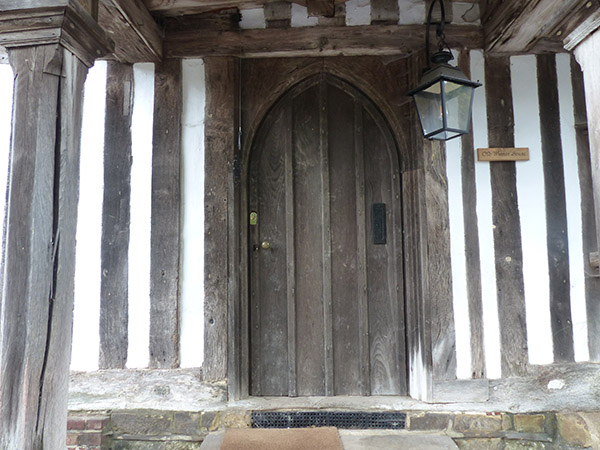

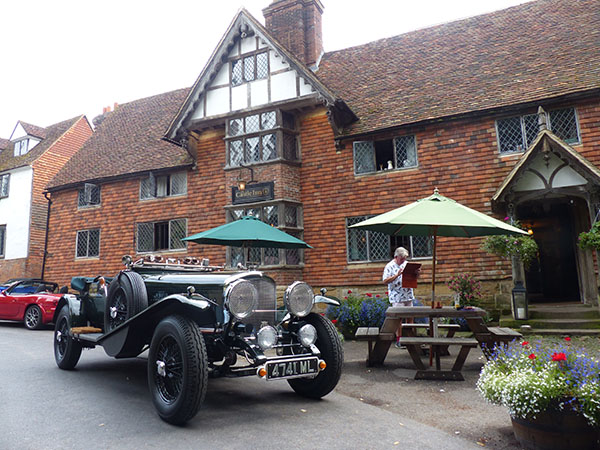
Have you ever been to Chiddingstone?

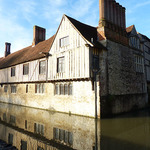

Leave a comment